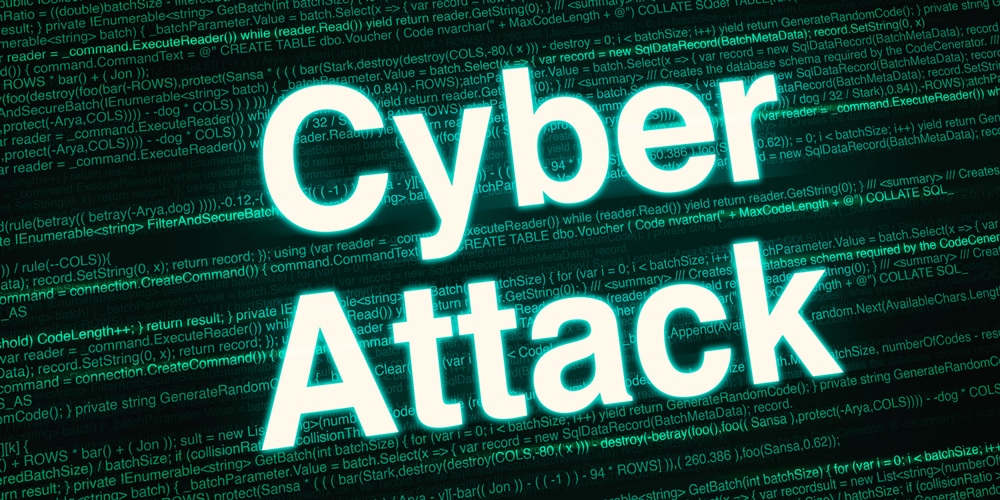In the constantly evolving landscape of cybersecurity threats, understanding the differences between various types of attacks is crucial for effective prevention and response. Among the most prevalent and damaging are malware vs. ransomware infections. While they share some similarities, their purposes and impacts differ significantly. This article outlines the distinctions between malware vs. ransomware and provides guidance on what actions to take if you suspect either has occurred.

What is Malware?
Malware, short for malicious software, is an umbrella term encompassing a variety of harmful programs designed to damage, exploit, or otherwise compromise the integrity of computers and networks. Types of malware include viruses, worms, trojans, spyware, adware, and more.
Characteristics of Malware:
- Purpose: Malware is typically designed to disrupt operations, steal sensitive information, or gain unauthorized access to systems.
- Infection Methods: Malware can spread through email attachments, malicious websites, software downloads, and even through physical media like USB drives.
- Impact: The impact can range from annoying pop-up ads (adware) to severe data breaches involving stolen personal and financial information (spyware).
What is Ransomware?
Ransomware is a specific type of malware that encrypts the victim’s data or locks them out of their systems, demanding a ransom payment to restore access. Unlike other malware, the primary goal of ransomware is financial gain through extortion.
Characteristics of Ransomware:
- Purpose: Ransomware aims to extort money from victims by holding their data hostage.
- Infection Methods: Ransomware commonly spreads through phishing emails, malicious attachments, or vulnerabilities in outdated software.
- Impact: The impact of a ransomware attack is immediate and severe, often rendering essential data and systems inaccessible until the ransom is paid or data is restored from backups.
Key Differences Between Malware vs. Ransomware
- Objective: Malware can have various goals, including spying, stealing data, or disrupting operations. Ransomware specifically aims to extort money.
- Symptoms: Malware may operate stealthily, causing long-term harm by stealing information or degrading system performance. Ransomware is overt, immediately locking or encrypting data and demanding a ransom.
- Response Time: This is the biggest difference in Malware vs. Ransomware Malware infections might go unnoticed for extended periods, while ransomware makes its presence known quickly to prompt the victim into paying the ransom.
Actions to Take if You Suspect an Infection
Suspected Malware Infection:
- Isolate the System: Disconnect the infected device from the network to prevent the spread of malware.
- Run Anti-Malware Software: Use reputable anti-malware tools to scan and remove the infection.
- Update Software: Ensure all software, including operating systems and applications, is up to date to patch vulnerabilities.
- Change Passwords: If personal information may have been compromised, change passwords for all affected accounts.
- Monitor for Unusual Activity: Keep an eye on bank accounts, emails, and other personal data for signs of unauthorized access or activity.
Suspected Ransomware Infection:
- Isolate the System: Immediately disconnect the infected device from the network to prevent the ransomware from spreading.
- Avoid Paying the Ransom: Paying the ransom does not guarantee the return of your data and can fund further criminal activity.
- Report the Incident: Notify your organization’s IT department and relevant authorities, such as the FBI in the U.S.
- Restore from Backups: If you have reliable backups, restore your systems and data from them. Ensure backups are not connected to the infected network.
- Professional Help: Consider enlisting cybersecurity experts to help with decryption, data recovery, and strengthening defenses against future attacks.
Understanding the distinctions between malware vs. ransomware is vital for effective cybersecurity management. While both pose significant threats, the immediate and financially motivated nature of ransomware requires prompt and specific actions. By implementing robust security measures and being prepared to respond appropriately to infections, organizations can mitigate the risks and impacts of malware vs. ransomware cyber threats.

Chris Montgomery
ThrottleNet Sales Director
cmontgomery@throttlenet.com



